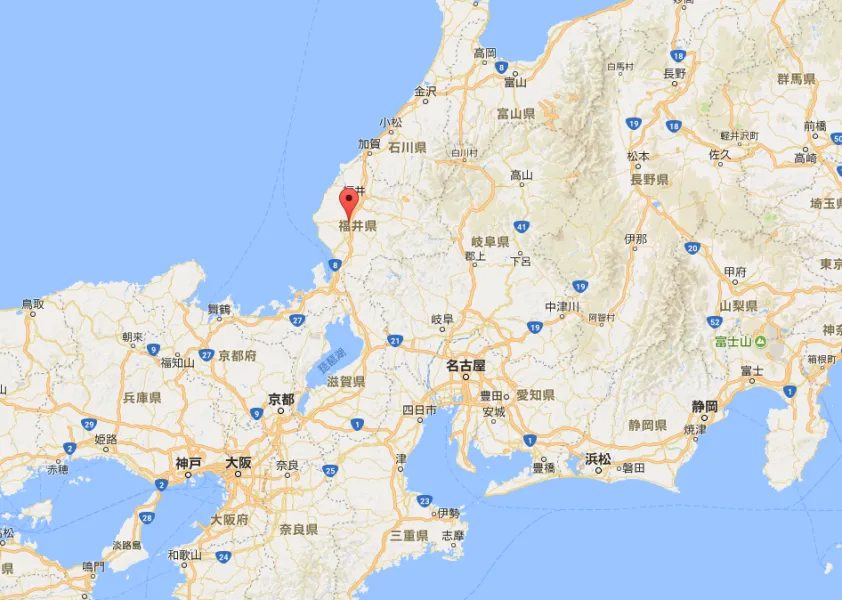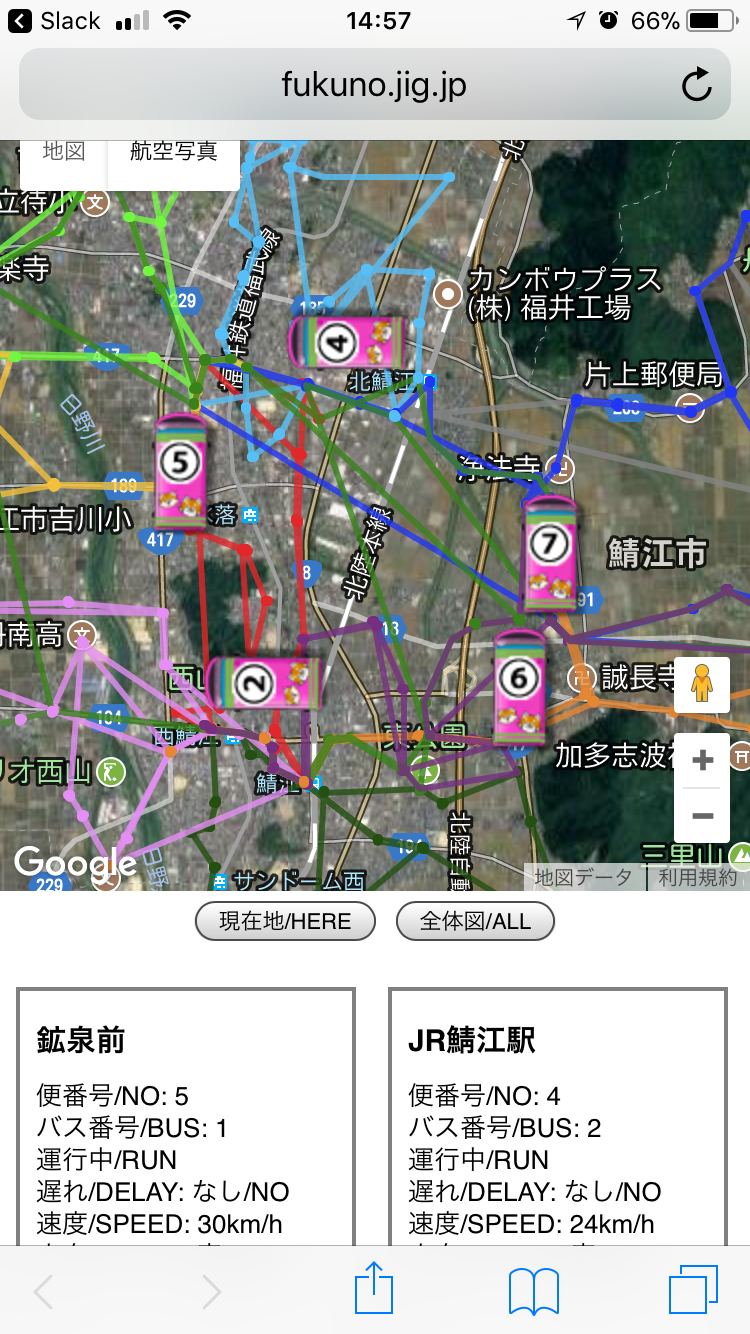
How Open Data has been gaining momentum in Japan
Sadly, many people started to pay attention to Open Data after earthquake tragedy in 2011. The government realized local governments' Open Data was not searchable enough, also data format and words(terms) used in the data wasn't properly organized and there's no data standardization. This makes it difficult to unify data across the organizations.
Cabinet office took initiative to organize all these challenges and the situation is getting better now.
Local governments' Open Data
As of January 2017, about 260 cities(and towns) are engaged in publicizing Open Data, and population coverage of this activity is said to be 40% of all Japan's population. But it's also said that in total, Japan has 1,800 cities(and towns and villages) and only 14% of local governments and towns are engaged in it. Many major cities in Japan are involved in this movement and Sabae City is considered to be an advanced example in Open Data scene.
Case study: Sabae City
Sabae city is located in mid-north in Japan and consists of 69,000 population.
Originally, Sabae City has been working on city operation in collaboration with local residents to be the role model of the future local city in Japan. Mayor is passionate about collaboration with residents in many ways.
When Open Data movement was gaining momentum globally, local IT companies were trying to encourage the mayor to utilize the latest IT strategy for city operation, including Open Data. Mayor responds these suggestions quickly and collaboration with local IT companies started.
City have been publicizing 40 kinds of data such as;
- Public toilet locations
- AED locations
- Road construction data
Local IT company then have developed around 80 free apps utilizing Open Data such as real-time public transportation data etc. This smooth collaboration with city and IT company have got a lot of media coverage and becoming the example of how you deal with Open Data.

Japan is facing population decrease and that leads to the situation where not all public services will not be provided by local government. Many local governments feel the need of innovation and more efficient city operation by utilizing IT.
Sabae City's case is considered to be advanced, but the reality is that not many local residents recognize the variety of apps that were developed, and end up not being used. But Sabae City takes this situation as a very first step for the change.
Good news is that many other cities are following the path that Sabae City has created and many lessons and learned has been shared in the Open Data community. Hearing several cases of civic tech activities and surroundings, local Open Data scene is at the very first phase of "Kaizen", we think.
関連コンテンツ
- jGrants: Online grants application/management system for the Ministry of Economy, Trade and Industry of Japan
- Functional overview of jGrants - The grant application and management system for the Ministry of Economy, Trade and Industry of Japan
- jGrants: Grant application and management system for the Ministry of Economy, Trade and Industry of Japan
- e-Stat: Japanese Government Statistics Portal
- How Japanese NPO is engaging local Civic Tech community
- Information Processing Society of Japan study session forum
- KYOTO OPEN DATA
- G Space Information Center
- Pro-face (Schneider Electric)
- NTT Communications IoT Platform
Drupal 初心者講座バックナンバー
-
 Drupal 9/10 初心者講座
Drupal 9/10 初心者講座
-
 第 1 回 歴史に見る Drupal の DNA
第 1 回 歴史に見る Drupal の DNA
-
 第 2 回 Drupal はフレームワークか?CMS か?他の CMS との比較
第 2 回 Drupal はフレームワークか?CMS か?他の CMS との比較
-
 第 3 回 Drupal の特徴
第 3 回 Drupal の特徴
-
 第 4 回 Drupal 9 / 10 のインストール (1)
第 4 回 Drupal 9 / 10 のインストール (1)
-
 第 5 回 Drupal 9 / 10 のインストール (2)
第 5 回 Drupal 9 / 10 のインストール (2)
-
 第 6 回 Drupal にコンテンツを投稿してみる
第 6 回 Drupal にコンテンツを投稿してみる
-
 第 7 回 Drupal のボキャブラリとタクソノミーの使い方
第 7 回 Drupal のボキャブラリとタクソノミーの使い方
-
 第 8 回 コンテンツ管理における Drupal と他の CMS との比較
第 8 回 コンテンツ管理における Drupal と他の CMS との比較
-
 第 9 回 Drupal のブロックシステム
第 9 回 Drupal のブロックシステム
-
 第 10 回 Drupal の標準クエリビルダー Views の使い方
第 10 回 Drupal の標準クエリビルダー Views の使い方
-
 第 11 回 Drupal と他の CMS のクエリビルダー機能を比較
第 11 回 Drupal と他の CMS のクエリビルダー機能を比較
-
 第 12 回 Drupal の多言語機能と他の CMS やサービスとの比較
第 12 回 Drupal の多言語機能と他の CMS やサービスとの比較
-
 第 13 回 Drupal の権限設定と WordPress や Movable Type との比較
第 13 回 Drupal の権限設定と WordPress や Movable Type との比較
-
 第 14 回 Drupal のテーマシステムについて
第 14 回 Drupal のテーマシステムについて
-
 第 15 回 Drupal の拡張モジュールの選定と使い方
第 15 回 Drupal の拡張モジュールの選定と使い方
-
 第 16 回 Drupal をもっと知りたい方に向けた各種情報
第 16 回 Drupal をもっと知りたい方に向けた各種情報


